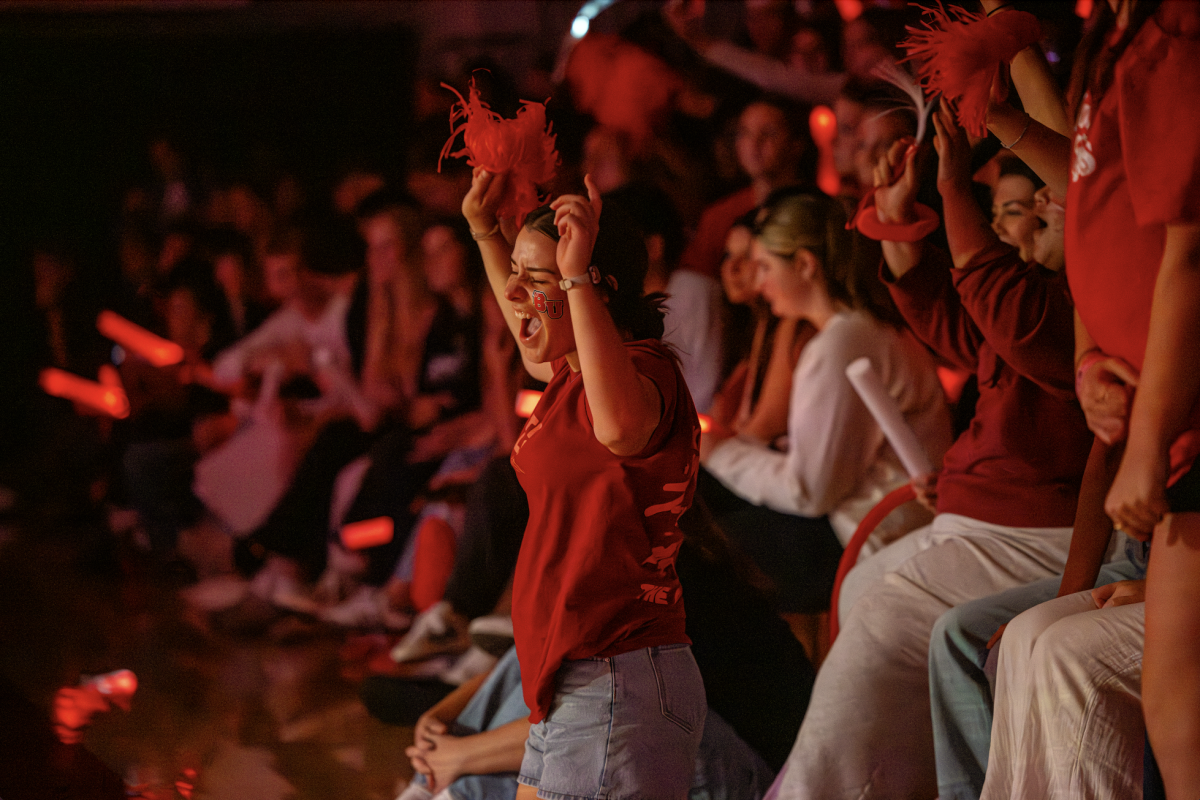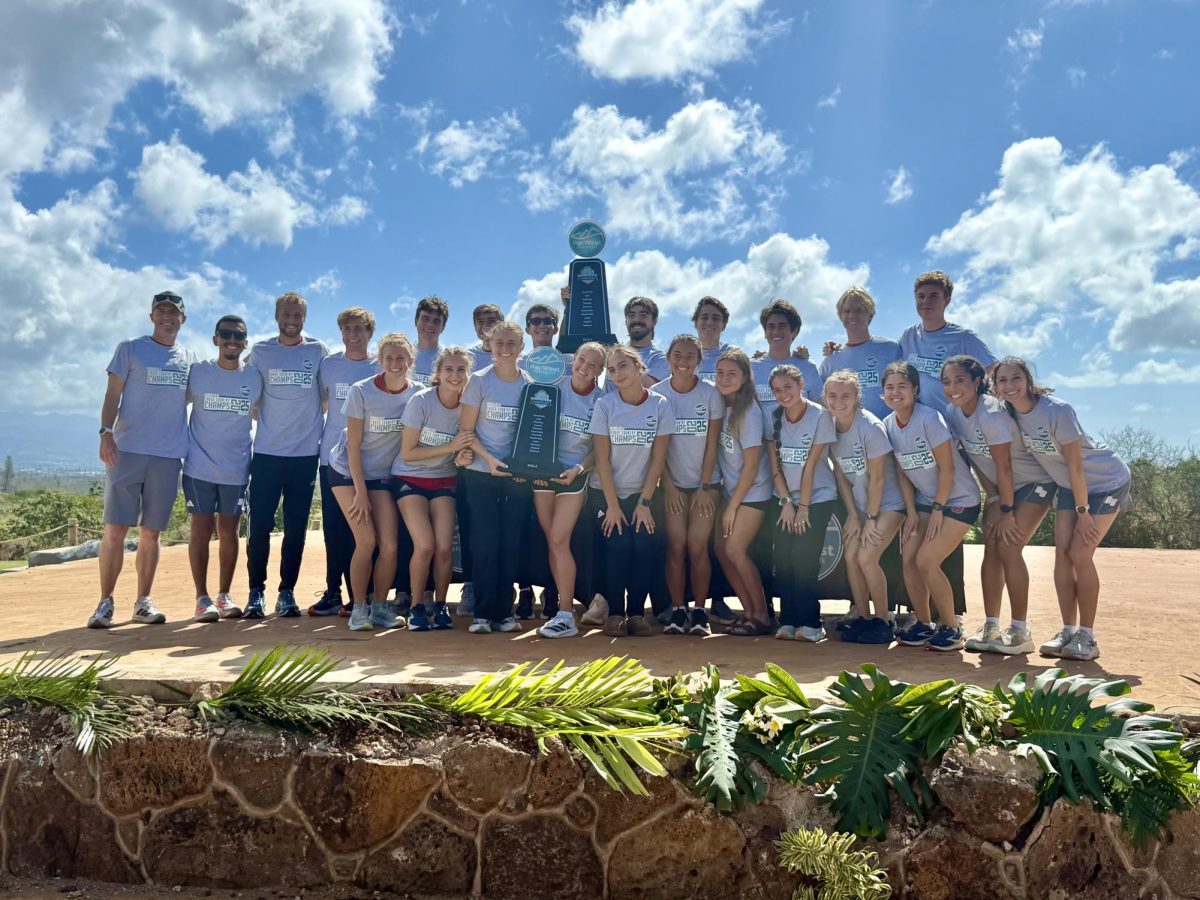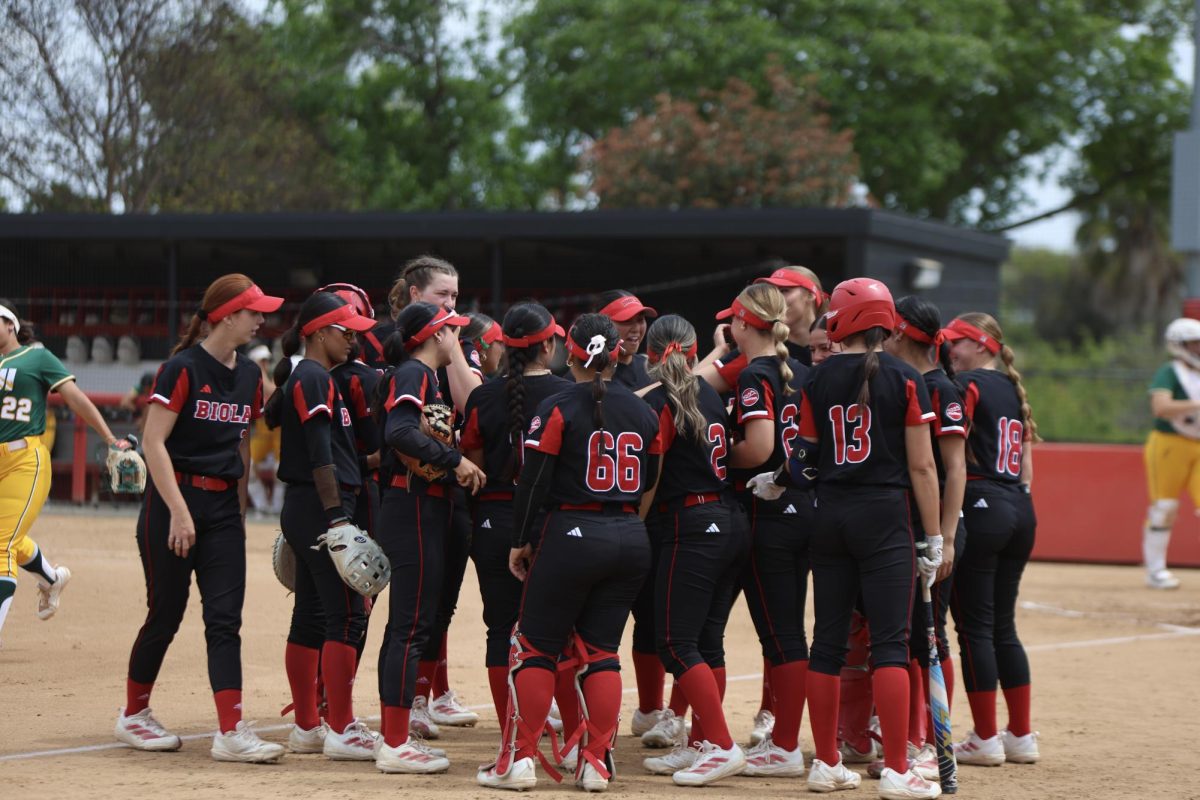As players have come and gone throughout the generations of baseball, the game itself has evolved. Players are running faster, hitting the ball further and throwing the ball harder than ever before. It is always exciting to see the young generations emerge, and one player who seems to be leading the way for this next generation is Bryce Harper.
Harper graduates early
This 17-year old prodigy earned his GED at the end of what would have been his sophomore year of high school, which allowed him to enroll at the College of Southern Nevada, where he played college ball. Harper’s astounding batting statistics are even more incredible due to the fact that this college team played in a league that used wooden bats instead of the typical aluminum ones.
College games result in award
In the 66 college games that Harper played, he racked up 31 home runs, 98 runs batted in, and had a .443 batting average. He also received the Golden Spikes Award, which is given to the best amateur baseball player of the year. By winning this award, Harper joined the likes of Buster Posey, Stephen Strasburg and Tim Lincecum, all previous Golden Spike winners. In fact, Strasburg plays on the same team that Harper was drafted by in 2010, the Washington Nationals. They drafted Harper first over-all and gave him a five-year contract worth $9.9 million. With Strasburg as their first over-all pick last year, the Nationals are accumulating as much of this next generation talent as possible.
Harper’s skills recognized
Harper’s amazing talent has been recognized for quite a while. At age 16, he was on the cover of Sports Illustrated and was compared to the high school “phenom” LeBron James. Like James, people knew that there was something special about Harper right away. Sure, just because there is hype doesn’t guarantee he will live up to it, but how many kids have skipped their last two years of high school to play in college?
And not just play in college, but dominate the league. His aforementioned 31 home runs at Southern Nevada set a school record, which was previously held at 12. After being drafted, he was selected to play in the Arizona Fall League, where he had an impressive .343 batting average, and was the second youngest player in league history.
Many skills draw scouts
But, it is not just his batting performance that caught the attention of major league scouts and the rest of America –– he also has a strong arm. He showed off his arm strength as a catcher in high school and college where he continually threw out base runners from his knees. As a pitcher, he was even clocked throwing the ball at 96 mph. But the package still would not be complete unless it was capped off with determination and a winning mentality, both of which Harper possesses. Many kids in his position would crumble under the pressure and hype that he receives, but not Harper.
In his debut this spring, he went 2-0 with two strikeouts, but the next morning Harper had moved on. John McLaren, the team’s bench coach said in Sports Illustrated, “That won’t faze him a bit,” and it didn’t. Harper recorded his first hit in the very next game, but still, he was not fazed. He did not get overly excited, he was not impressed and he did not even save the ball. Getting one hit is not his goal, Harper has his eyes set on being the best.
Does this young prodigy have what it takes to be the best? The best on his team? The best of his generation? Maybe the best ever? We’ll just have to wait and see.






